Free shipping on all US orders
10% OF OUR PROFIT GOES TO KIDS’N’CULTURE NON-PROFIT ORGANIZATION
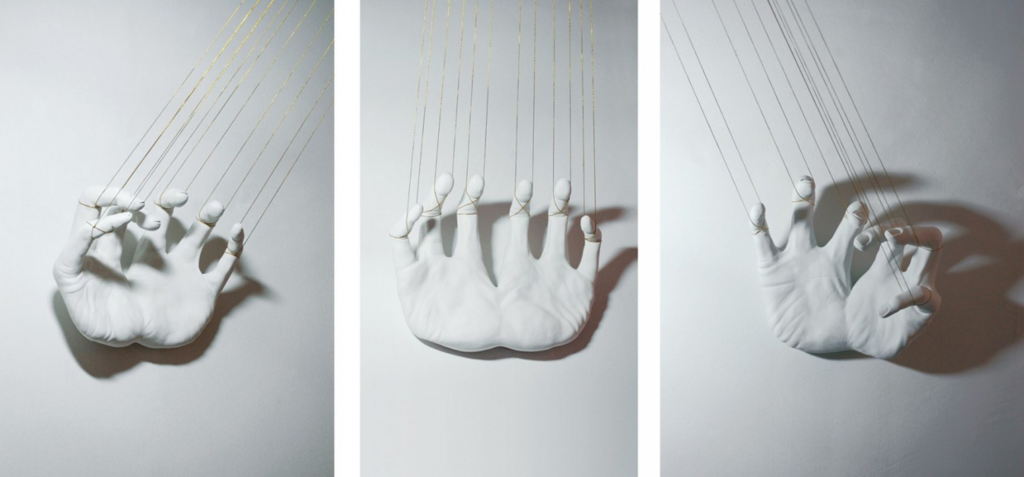
A mad scientist does not give birth to ideas but researches and puts together the most unlikely elements in order to arrive at a solution.
I do the same thing in my works with the human body, enlarging, shrinking, multiplying, grafting human limbs with parts of the body, eliminating what I consider superfluous about the body in order to communicate my message.
From the beginning, the most understandable universal language for communicating between men has been the gestural language of the body and hands. A simple language that has fallen into disuse but is still understandable to everyone
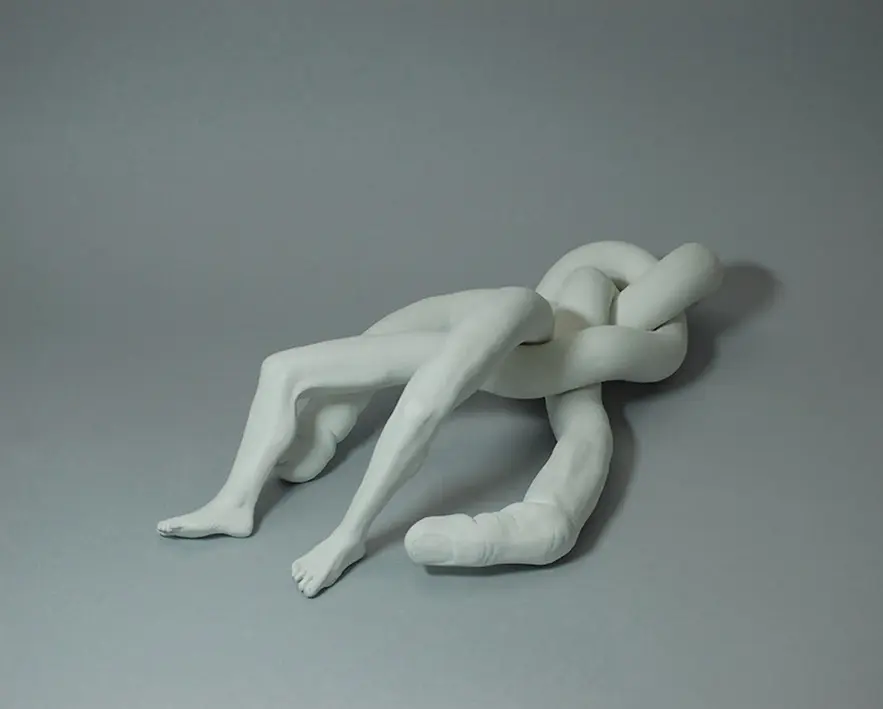
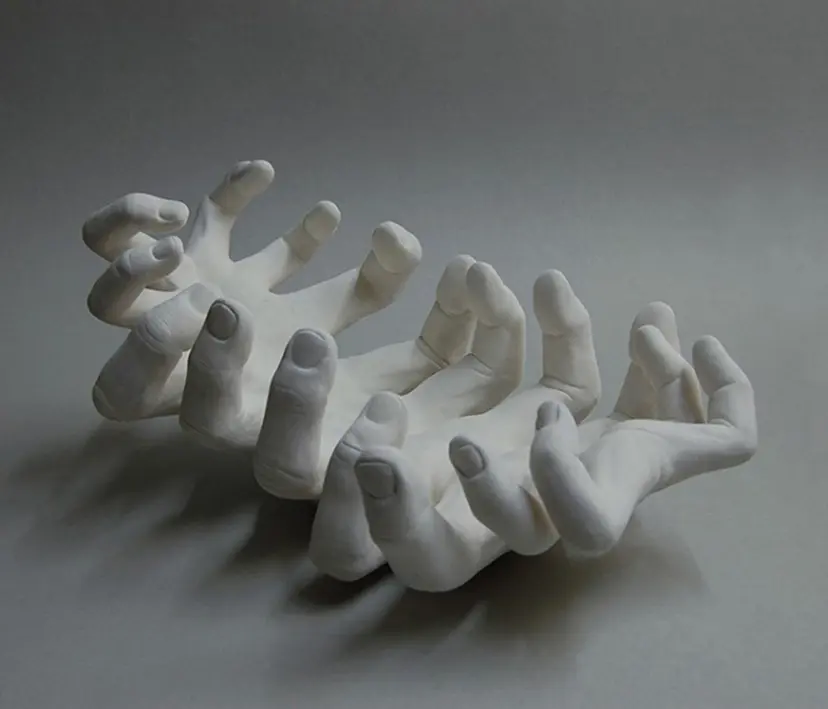

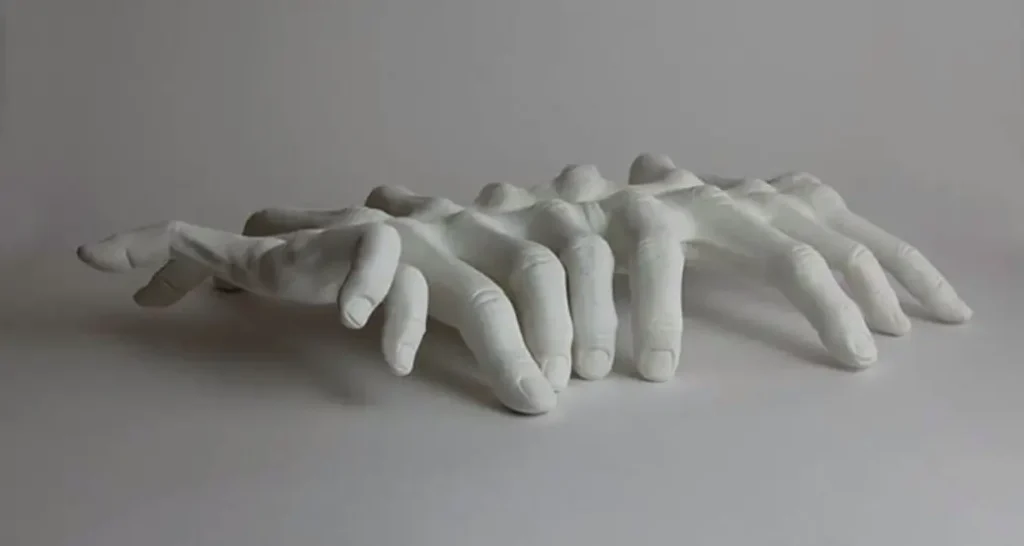
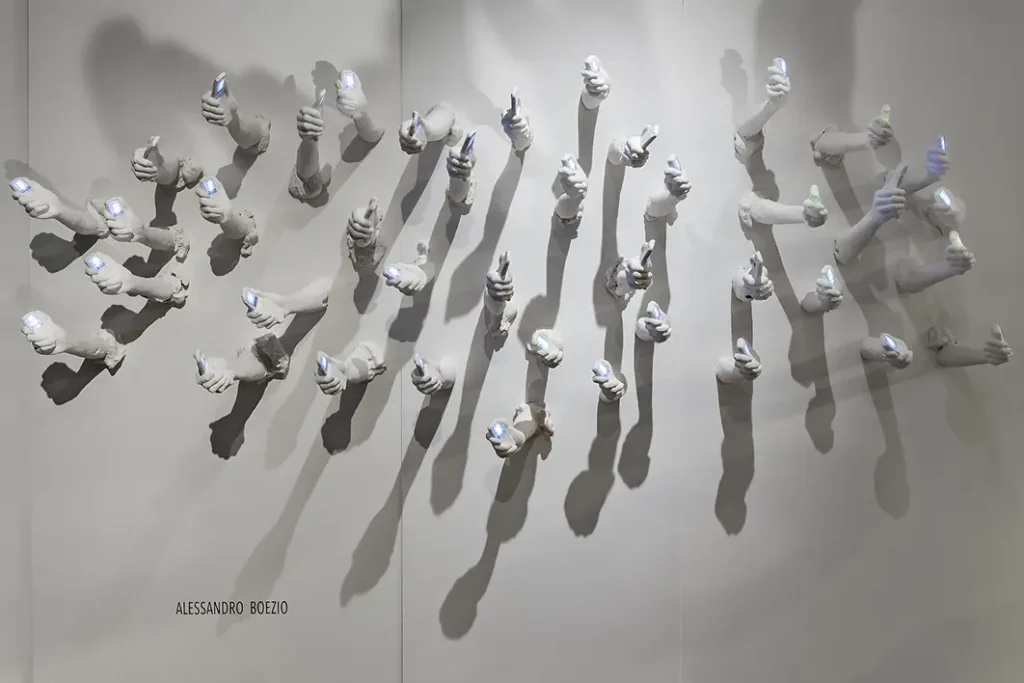

From Indian philosophy I love the concept it has of the human body, where birth and death are two points that belong to a continuity, going beyond the materiality of the body.
Indian philosophy really aims to overcome our need to associate ourselves with our body, with our lifespan, with our perfect health.
Therefore the body understood as the wrapping of the Self, the wrapping of one’s soul. Soul that can remain in the body but also levitate and be elsewhere as happens when we dream. These concepts are inspiration for my latest works.
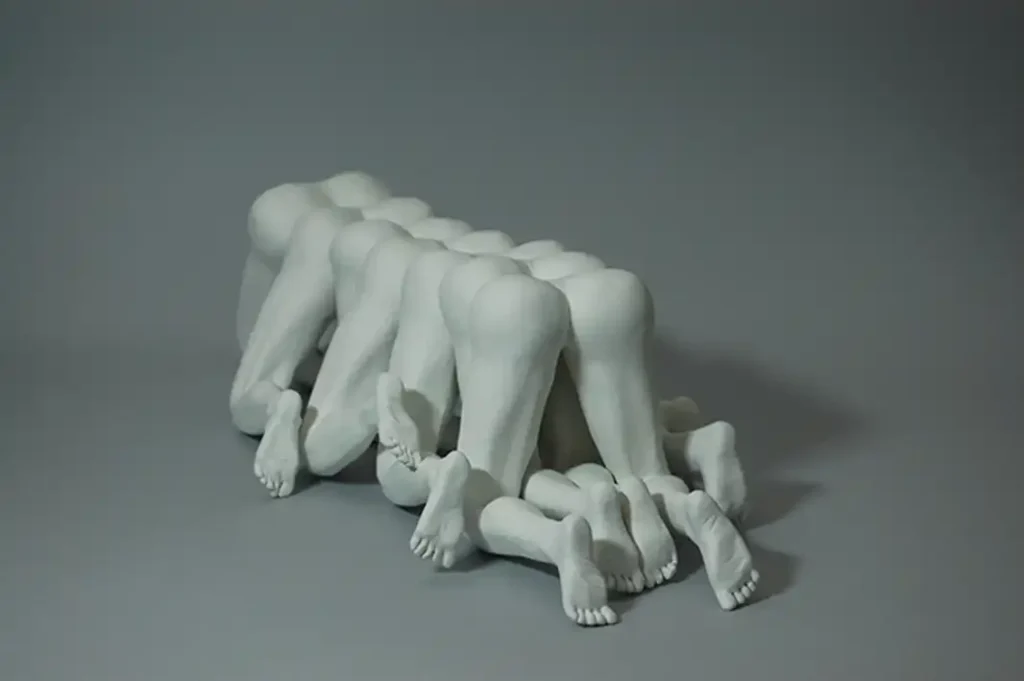

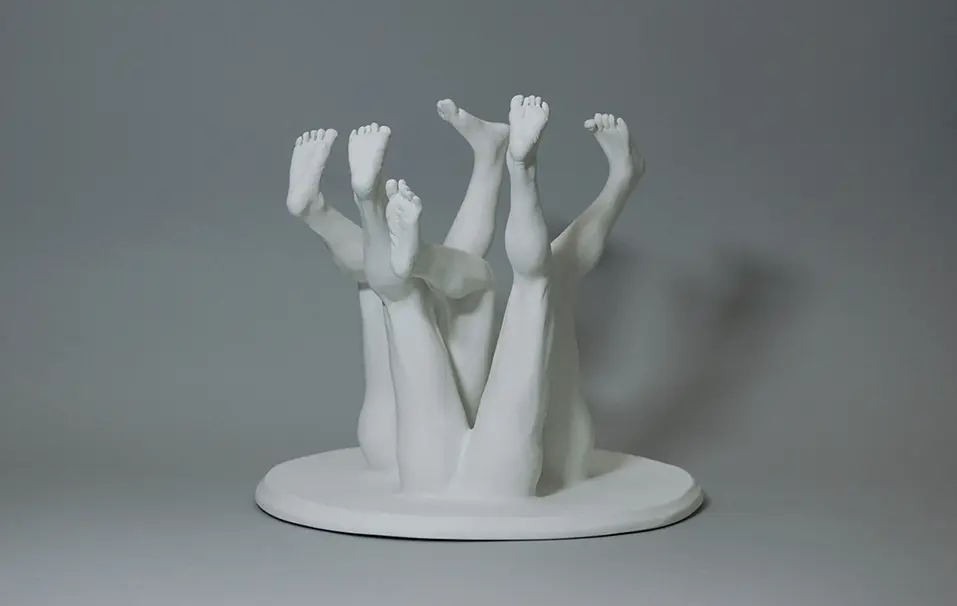
Many words can be used to define the concept of art and they would never be enough. I see art as creating something that wasn’t there before which in creating it makes us feel closer to God.
The role of art in modern society remains the same as always, of communicating, of revealing itself to those who know how to grasp it.
There are no reviews yet. Be the first one to write one.
A whole world on the tip of a pencil. The story of an artist who proved that true art has no limits and that it is never too late to start all over again.
International fashion icon and symbol of Parisian style, Ines de la Fressange is one of the most famous women in France.
Anastasia Pilepchuk is a Berlin-based artist with Buryat roots. She creates masks and face jewellery inspired by the nature and the culture of her beautiful region.
A whole world on the tip of a pencil. The story of an artist who proved that true art has no limits and that it is never too late to start all over again.